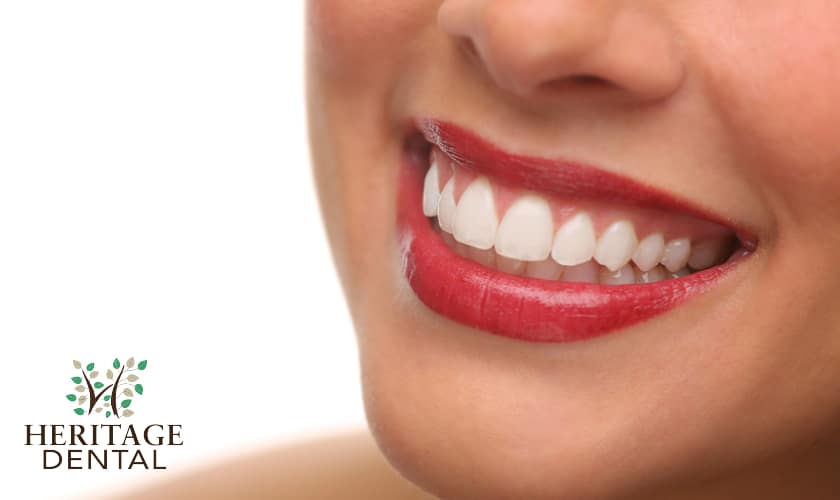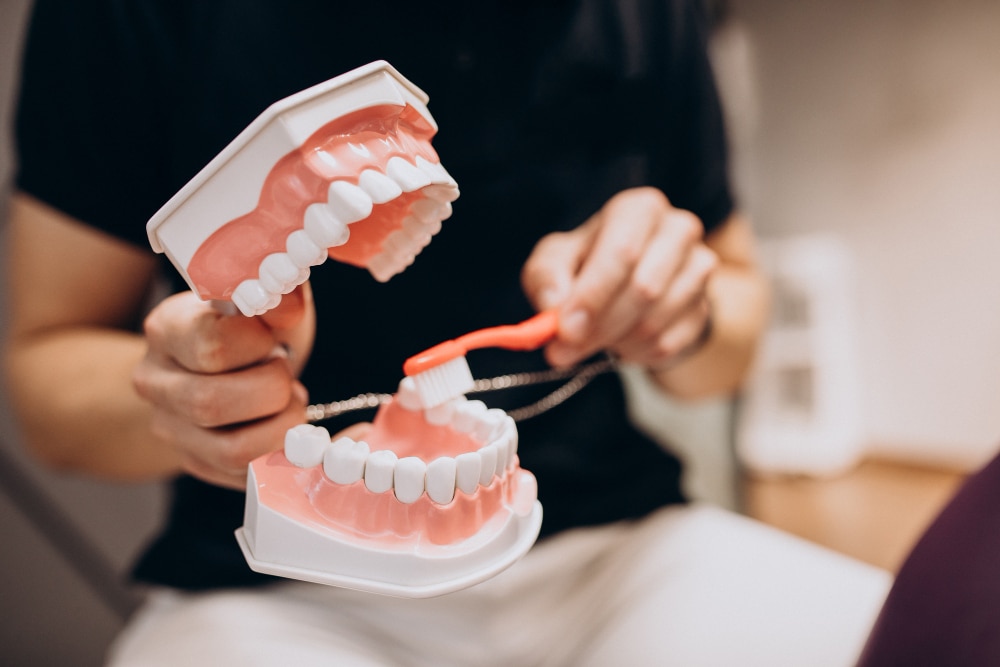23945 Franz Rd suite a, Katy, TX 77493
Choosing the Right Approach to Treat Gum Disease

Gum disease is a major problem that affects millions of people worldwide. Not only can it cause discomfort and pain, but it can eventually lead to tooth loss if left untreated. While there are several treatments available for gum disease, choosing the right approach is essential for effective treatment and lasting results. In this blog, we’ll discuss the various types of gum disease, the different treatment options available, and some tips for choosing the right approach. Keep reading to learn more about treating gum disease!
What is Gum Disease?
Gum disease, also known as periodontal disease, is an infection of the gums and surrounding soft tissue that can affect your teeth and cause serious health complications if left untreated. It’s typically caused by poor oral hygiene or other factors such as genetics and smoking. Gum disease is divided into two stages: gingivitis and periodontitis.
Gingivitis is a milder form of gum disease that affects the gums only, causing them to swell and become red and tender. It’s usually reversible with proper oral hygiene practices such as brushing twice a day, flossing, and regular visits to the dentist.
Symptoms of Gingivitis
The main symptoms of gingivitis are red, swollen, tender gums that may bleed when brushing or flossing. Other symptoms include bad breath, receding gums, and sensitivity to hot and cold foods or beverages.
Diagnosis
A dentist can diagnose gingivitis by examining the gums and teeth for signs of infection. X-rays may also be taken to determine the extent of the damage to the bone underneath the gums.
Treatments for Gingivitis
The main treatment for gingivitis is improving oral hygiene habits with regular brushing and flossing. Other treatments may include rinses, antibiotics, or other medications to reduce inflammation and bacteria. If the condition persists, surgery or scaling may be necessary to remove plaque and tartar buildup below the gum line.
Scaling and Root Planing
Scaling and root planing is a procedure in which the dentist or hygienist will use specialized tools to remove plaque and tartar buildup below the gum line. This can help reduce inflammation, pain, and discomfort, as well as prevent further progression of the disease.
Surgery
In some cases, surgery may be necessary to treat gum disease. This can include pocket reduction surgery to remove infected tissue, bone grafting to restore bone loss or flap procedures to cover exposed roots of teeth.
Periodontitis
Periodontitis is a more advanced form of gum disease that involves inflammation and destruction of the soft tissue, bone, and ligaments surrounding teeth. It’s usually caused by poor oral hygiene habits or genetics, but can also be linked to certain medications or underlying conditions.
Symptoms
The main symptom of periodontitis is gum recession, which is when the gums pull away from the teeth. Other symptoms may include bad breath, loose teeth, and sensitivity to hot or cold foods or beverages.
Diagnosis
A dentist can diagnose periodontitis by examining the gums and teeth for signs of infection. X-rays may also be taken to determine the extent of bone loss.
Treatments for Periodontitis
Treatment for periodontitis is focused on stopping the progression of the disease and restoring any damage that has been done. This can include antibiotics, scaling, root planing, or surgery to remove infected tissue and restore bone and gum tissues.
Antibiotics
Antibiotics can be used to reduce inflammation and bacteria in the mouth, which can help stop the progression of periodontitis.
Surgery
In some cases, surgery may be necessary to treat periodontitis. This can include pocket reduction surgery to remove infected tissue, bone grafting to restore bone loss or flap procedures to cover exposed roots of teeth.
Prevention and Management
The best way to prevent gum disease is by practicing good oral hygiene habits such as brushing twice a day, flossing at least once a day, and visiting the dentist regularly. Eating a healthy diet and avoiding smoking can also reduce your risk of developing gum disease.
Conclusion:
Gum disease is a serious condition that can cause inflammation, pain, and destruction to the gums, teeth, and bones if left untreated. Fortunately, it’s often reversible with proper treatment and regular visits to the dentist. By practicing good oral hygiene habits and visiting the dentist regularly, you can help reduce your risk of developing gum disease.
The main symptom is red, swollen, or tender gums that may bleed when brushing. Other symptoms may include bad breath, loose teeth, and sensitivity to hot or cold foods or beverages.
Treatment for gum disease depends on the severity of the condition. In mild cases, improving oral hygiene habits with regular brushing and flossing can help reduce inflammation and prevent further progression. In more severe cases, scaling, root planing, or surgery may be necessary.
The best way to prevent gum disease is by practicing good oral hygiene habits such as brushing twice a day and flossing at least once a day.



